Factors Affecting PV Output
The performance of photovoltaic (PV) systems is influenced by various environmental, design, and maintenance factors. Understanding these factors is essential for maximizing efficiency and ensuring reliable energy production. Here are the key factors affecting PV output:
1. Temperature
- Impact on Performance:
The power output of PV modules decreases as temperature rises due to the thermal sensitivity of semiconductor materials. Most modules experience a performance drop of 0.3%–0.5% per degree Celsius increase above the standard test temperature of 25°C. - Ventilation Requirement:
Proper ventilation across the back of the PV modules helps dissipate heat, maintaining optimal operating temperatures and minimizing efficiency loss. - Mitigation Strategies:
-
- Use modules with a low temperature coefficient for hot climates.
- Incorporate elevated mounting structures to enhance airflow and cooling.
2. Solar Radiation
- Direct Correlation:
The energy output of PV modules is directly proportional to the amount of solar radiation received. Solar radiation varies based on:
-
- Location: Areas closer to the equator receive higher solar radiation.
- Tilt and Orientation: Panels tilted and oriented to face the equator (e.g., south-facing in the Northern Hemisphere) optimize sunlight capture.
- Daily and Seasonal Variations: Output fluctuates with changes in sun position and daylight hours throughout the year.
- Optimization:
-
- Use simulation tools to identify the ideal panel angle and orientation for your location.
- Consider adjustable mounts or solar trackers to optimize radiation capture year-round.
3. Tilt and Orientation
- Performance Impacts:
The tilt angle and orientation of PV panels significantly affect their exposure to sunlight. Panels that deviate from the optimal angle or face away from the sun produce less energy. - Best Practices:
-
- Adjust tilt angles to match the latitude of the installation site for year-round efficiency.
- For fixed installations, prioritize orientations that maximize solar exposure during peak energy demand periods.
4. Mismatch Between Modules
- Effect on Output:
If modules with different electrical characteristics (e.g., power ratings or degradation levels) are connected in series, the output of the string is limited by the “poorest” module. - Mitigation Strategies:
-
- Use modules with similar performance ratings in the same series.
- Install power optimizers or microinverters to ensure each module operates independently at its maximum efficiency.
5. Shading
- Significant Energy Loss:
Even minor shading on a PV module can reduce energy output for the entire system, especially in crystalline silicon modules. Shading from trees, chimneys, or other structures can dramatically impact system performance. - Mitigation Strategies:
-
- Perform shading analysis during site selection to identify potential obstructions.
- Use bypass diodes to reduce shading-related energy losses by isolating shaded sections of a module.
6. Soiling
- Impact on Performance:
Dust, dirt, bird droppings, and other debris can accumulate on the surface of PV panels, causing shading and reducing energy output. Areas with high dust levels or pollution are particularly susceptible. - Maintenance Practices:
-
- Regularly clean the panels based on the local environment. In dusty areas, more frequent cleaning may be necessary.
- Consider anti-soiling or self-cleaning coatings on PV modules to reduce debris buildup.
7. Daily and Seasonal Variations
- Daytime Dependence:
PV systems generate electricity only during the day, with peak production during midday. Output varies throughout the day based on sun position and weather conditions. - Seasonal Effects:
Solar radiation levels change with the seasons due to variations in sun angle and daylight duration. For instance, systems produce less energy during winter in regions with shorter days and low sun angles. - Optimization:
- Use energy storage systems to balance production and demand during low-output periods.
- Adjust tilt angles seasonally for systems designed to maximize production at specific times of the year.

